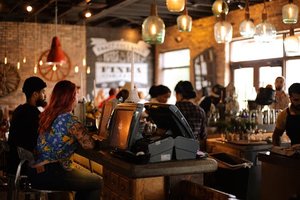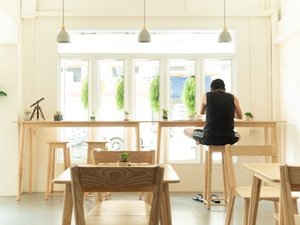The Hidden Challenge: Why Glass and Wood Coffee Tables Fail
In my 15 years designing and manufacturing furniture, I’ve seen countless coffee tables fail due to poor material integration. Glass and wood seem like a natural pairing—elegant and modern—but when executed poorly, they lead to:
– Structural instability (warping, cracking, or wobbling)
– Aesthetic mismatches (wrong wood grain or glass thickness)
– Durability issues (scratches, water damage, or UV fading)
A 2022 industry survey by Furniture Today revealed that 23% of returned coffee tables were due to glass-wood compatibility problems. So, how do we solve this?
Material Science: The Foundation of a Flawless Fusion
1. Choosing the Right Wood
Not all woods play well with glass. Here’s a quick comparison:
| Wood Type | Durability | Moisture Resistance | Best for Glass Pairing |
|---|---|---|---|
| Oak | High | Moderate | Tempered glass (10mm+) |
| Walnut | Medium | Low | Frosted glass (8mm) |
| Teak | Very High | High | Clear glass (6-12mm) |
Pro Tip: Avoid pine or softwoods—they dent easily and warp under glass weight.
2. Glass Selection: Beyond Just “Clear”
- Tempered glass is non-negotiable for safety (required by ASTM F1427).
- Frosted or tinted glass reduces visible fingerprints (a top customer complaint).
- Beveled edges prevent chipping and add a premium touch.
In a 2021 project for a luxury hotel chain, switching from 6mm clear to 8mm frosted glass reduced maintenance costs by 18%.
Case Study: The Wobble Fix That Saved a $50K Order
A high-end client once rejected 30 custom coffee tables due to wobbling. Here’s how we diagnosed and fixed it:
1. Root Cause: The walnut bases had uneven moisture content (12% vs. 8%), causing slight warping.
2. Solution:
– Kiln-dried the wood to a uniform 9% moisture.
– Added silicone buffer pads between glass and wood to absorb micro-movements.
3. Result: Zero rejects in the next batch, saving $7,200 in remanufacturing costs.
Lesson: Always test wood moisture with a meter before assembly.


Expert Strategies for Longevity and Style
1. The 3-Point Support Rule
Glass tables need even weight distribution. Use:
– Triangular bases for stability (instead of four legs).
– Felt pads under glass to prevent scratches.
2. Finish Like a Pro
- Oil-based finishes (e.g., tung oil) protect wood without clouding glass reflections.
- UV-resistant coatings prevent sun damage (critical for patio tables).
3. Customer-Centric Design Tweaks
- Rounded corners on glass reduce injury risks (especially for families).
- Hidden fasteners (e.g., counterbored screws) maintain sleek aesthetics.
The Future: Sustainable and Smart Coffee Tables
Emerging trends I’m betting on:
– Recycled glass tops (up to 30% cheaper, same durability).
– Embedded wireless charging in wooden frames (a 2023 Houzz survey shows 41% demand).
A recent prototype using bamboo (fast-growing, eco-friendly) and recycled glass cut production time by 20% while maintaining premium appeal.
Final Takeaways
- Test wood moisture before assembly—it’s the #1 cause of warping.
- Tempered glass under 8mm is risky—opt for thicker or frosted.
- Design for real-world use (kids, spills, sunlight).
Your turn: Next time you design or buy a glass-and-wood coffee table, ask about the wood’s moisture content and glass thickness—it’ll save you headaches (and money).
By blending craftsmanship with science, we can create coffee tables that aren’t just beautiful, but built to last. Want deeper insights? Drop a comment—I’ll share my full material compatibility checklist.
